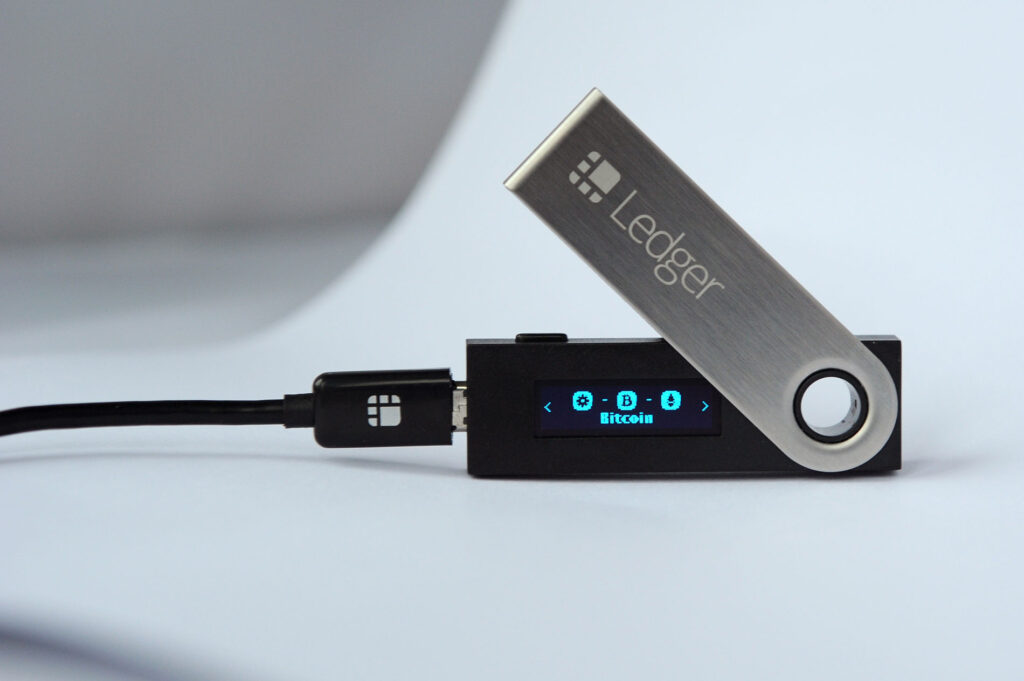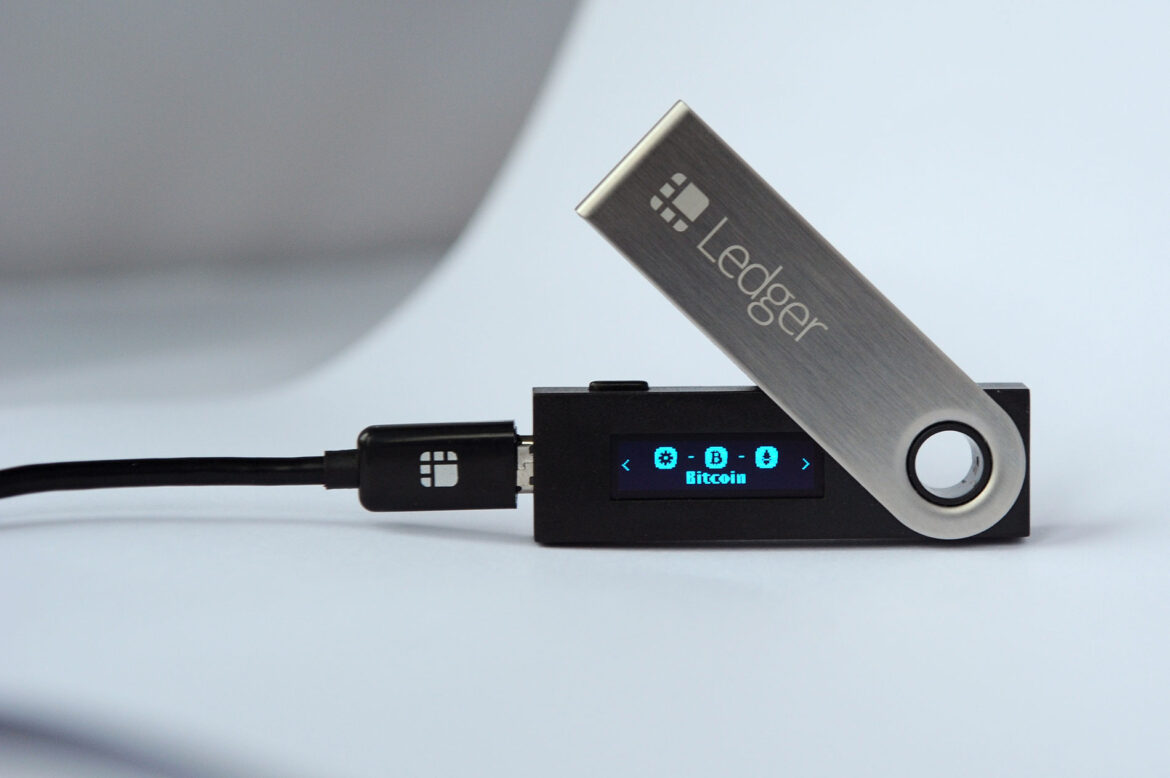
How to Protect Your Cryptocurrency Portfolio with a Cold Wallet: A blog introducing cold wallets and how they can help protect you.
How to Protect Your Cryptocurrency
Cryptocurrencies can be extremely lucrative investments, but they are also inherently risky. The chaotic fluctuations of the market and the media frenzy over cryptocurrency breaches might have you wondering how safe your portfolio is. Perhaps you don’t know what to do with your cryptocurrency, If you’re worried about leaving your coins in an exchange or a hosted wallet because of security risks, then learning how to secure it with a cold wallet will put your mind at ease. It is the most preferred method if you’re looking for how to protect your crypto on coinbase, binance, metamask, etc.
Through a series of easy-to-follow tips, our blog will help to explain how to protect your cryptocurrency portfolio with a cold wallet and other tools that can help. With the recent spike in the popularity of cryptocurrency, we’re sure that you’ve heard worse stories of heists and hacks. They are alarming, to say the least, and can be troublesome if you don’t know how to deal with them.
What is a Cold Wallet?
A cold wallet is any hardware device or paper document that stores your private keys offline. While hot storage refers to wallets that are connected to the internet and susceptible to hacking, cold storage is completely disconnected from the web and immune to cyber-attacks.
There are two main types of cold storage: hardware wallets and paper wallets. Hardware wallets are small devices with screens that store your private keys on an encrypted chip within the device itself. Paper wallets consist of printed QR codes bearing your private keys (and often public addresses). When you want to transfer cryptocurrencies from a paper wallet, simply scan the QR code using a smartphone app or hot wallet.
Do You Really Need a Cold Wallet?
Cold storage wallets are a great option if you want to keep your cryptocurrency portfolio safe. They are completely offline, which eliminates the threat of hackers and malware stealing your private keys. This can provide you with peace of mind, especially if you’re holding large amounts of crypto.
But do you really need one? Well, it depends. If you’re looking to invest in crypto for the long-term with no fear of losing access to your coins, then a cold wallet is a good way to go. However, if you plan on trading often, cold wallets may not be the best option for you and a great method if you’re looking for how to protect your cryptocurrency portfolio.
How to Choose the Right Cold Wallet
There are many different types of cold wallets on the market today, including hardware wallets like Ledger and Trezor, as well as paper wallets like Mycelium or Electrum. You should always do your research before picking one so that you can make sure it’s right for you!

Cold wallets are typically made up of two parts: a physical device (or paper) and a software wallet that allows you to manage your crypto. The private key, which is a long string of numbers and letters, is what gives you access to your coins. If someone gets their hands on your private key, then they also have full access to your coins.
How To Protect Your Crypto Wallet Private Key
Storing your private key in an offline location ensures that it stays safe from cyber attacks. It’s also important not to share it with anyone since the person holding this key will be able to transfer the coins at their discretion.
The most important thing you can do to protect your crypto wallet is to store the private key in a safe location. It’s possible to encrypt your private key, but this isn’t always recommended as it can make it difficult to access or withdraw funds if needed.
A good example of a safe location would be something like a fireproof safe in a secure room behind your home’s main entrance door. You could also store them in safety deposit boxes at banks or other financial institutions that offer such services; however, these may require additional fees and/or identification requirements (for example UBS). In short, there are many options available for storing private keys safely; what matters most is that they’re not easily accessible by others—and especially not by hackers!
How To Store Cryptocurrency Offline:
Protect your bitcoins against theft with a Cold Storage Wallet. The phrase “cold wallet” sounds like something you’d find in The Matrix, but it’s a very real thing that people use to secure their cryptocurrencies.
A cold wallet is a form of cold storage, which refers to offline methods of securing your crypto assets. You can also use cold storage for other digital assets, including files and documents.
The purpose of a cold wallet or cold storage is to keep your private key safe from hackers. A private key is essentially the digital signature that verifies that the holder of the private key actually owns the crypto. So if someone gets their hands on your private key, they can access your crypto and transfer it out of your account without any issues or red flags raised by the network.
Since a cryptocurrency exchange or hosted wallet technically owns your private keys. If you have a genuine interest in how to protect your cryptocurrency portfolio, you’ll want to move your investment into a cold wallet as soon as possible. This way, no one can access it unless they have possession of the private key, which is typically stored on a USB device or printed out on paper.
With so many options to choose from, finding the right cold storage solution for you can feel overwhelming, but if you are serious about protecting your investments, then taking control of your private keys with a cold wallet is absolutely worth it.
Can I store my NFTs in a cold wallet?
First off, don’t store your NFTs on an exchange. You can lose access to them if the exchange gets hacked or goes out of business. It’s also not safe to keep your NFTs in an online wallet like Coinbase or Binance, because that means they’re connected to the internet 24/7, which is never a good idea when you’re dealing with digital assets.
The best way to store NFTs is in a physical device that’s offline—a “cold wallet.” That way, even if someone were to hack into your computer or phone, they wouldn’t be able to access your assets without physically accessing the device itself. It is strongly recommended to protect your crypto and store your NFTs in a cold wallet.








One thought on “How to Protect Your Cryptocurrency Portfolio with a Cold Wallet”